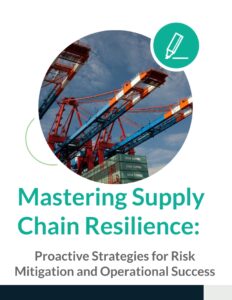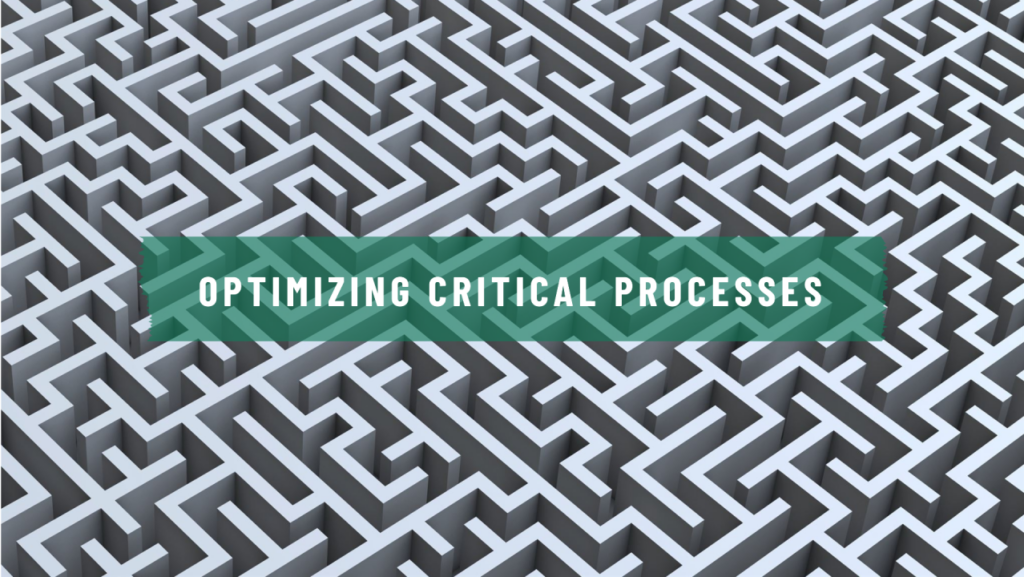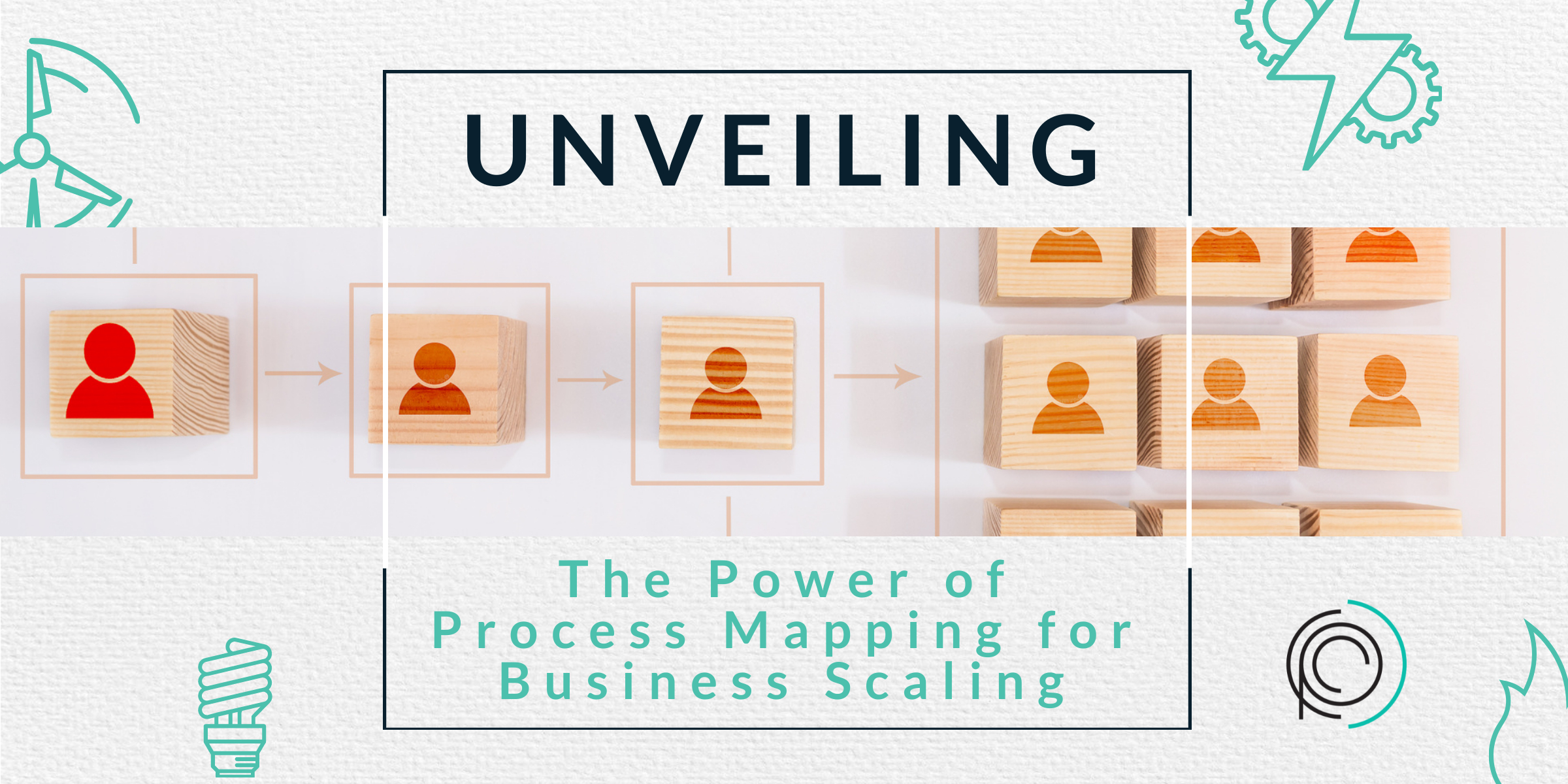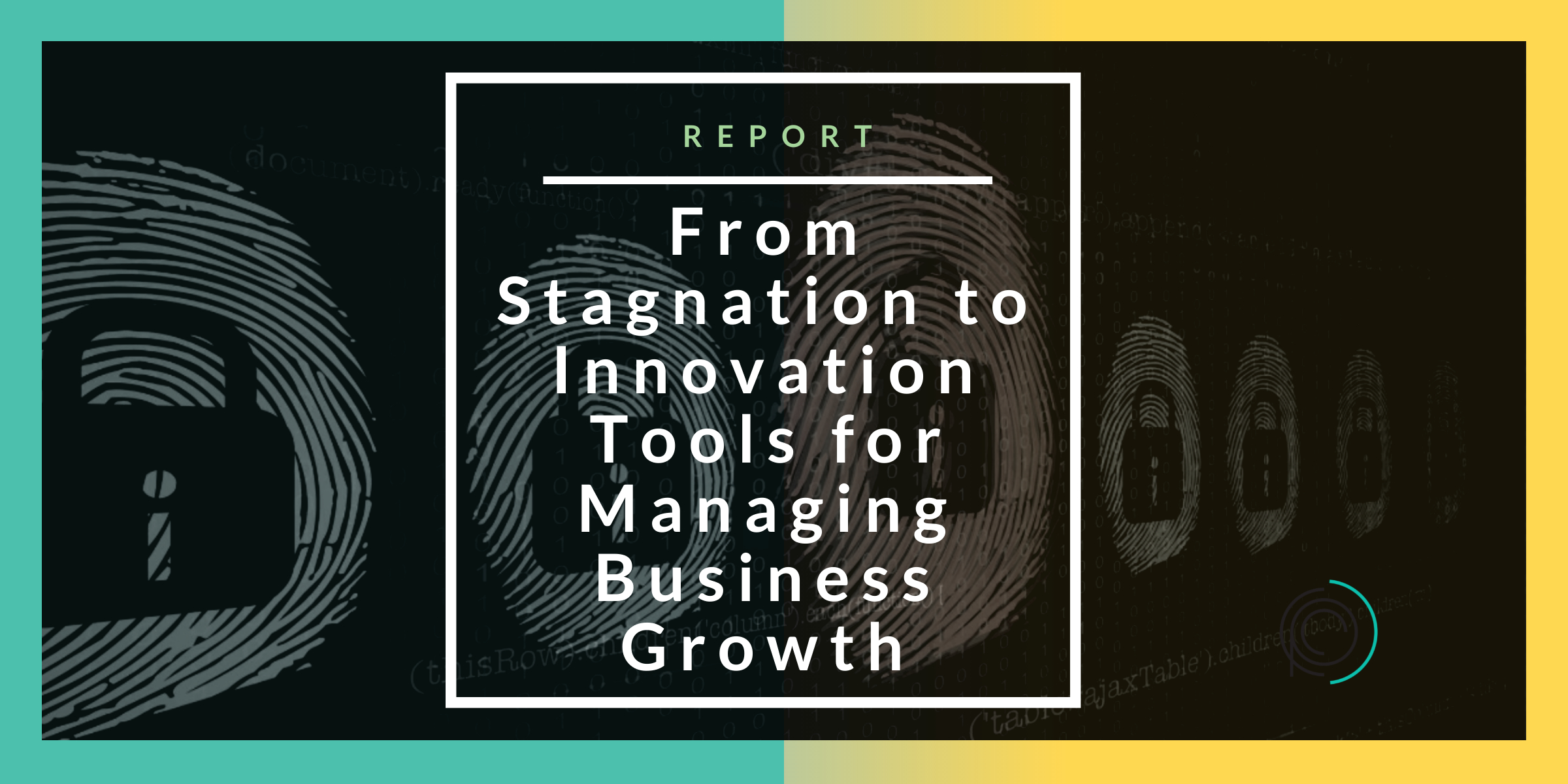In times of uncertainty—whether driven by economic turbulence, global events, or rapid market changes—businesses face an intricate balancing act. They must remain agile enough to adapt to change while maintaining the operational consistency their customers and stakeholders expect. Critical process optimization is a powerful tool to achieve this balance.
When uncertainty strikes, organizations often fall into two camps: those that cut costs indiscriminately to preserve cash flow and those that invest strategically to emerge stronger. The latter group understands that refining internal processes isn’t just a defensive move; it’s a proactive strategy to position themselves for growth.
Defining Critical Process Optimization
Critical process optimization focuses on identifying and improving the most vital workflows in an organization. These are the processes that, if disrupted or inefficient, could cause widespread operational challenges, affect customer satisfaction, or jeopardize profitability.
In uncertain times, this optimization becomes not just important but essential. It ensures that businesses can meet expectations without overextending resources or compromising quality.
The Core Pillars of Process Optimization During Uncertainty
1. Prioritize Mission-Critical Processes – Not all processes hold equal weight during challenging periods. Organizations must distinguish between “nice-to-have” and “must-have” processes. While this may seem obvious, deciding which is which may not be. Conducting a thorough assessment of all your processes will help identify which are critical to maintaining business continuity and customer trust.
Example: In supply chain management, ensuring the continuity of inventory replenishment and distribution channels is far more critical than exploring new supplier partnerships during a disruption.
2. Embrace Data-Driven Decision-Making – Decisions made in the dark often lead to inefficiencies. Remove the emotional component that can often lead to these decisions and ensure you are sticking to the facts. Leveraging data to analyze process performance allows businesses to identify bottlenecks and opportunities for improvement. Real-time metrics provide clarity, helping leaders pivot quickly when circumstances change.
Key Tip: Ensure your data sources are reliable and actionable, focusing on metrics directly tied to organizational goals.
*If your data is compartmentalized, or you lack the necessary tools to provide accurate data, you will need to develop this information first. Check out our blog – “What Do We Do When Data Isn’t Available?“
3. Streamline and Automate Automation is no longer a luxury—it’s a necessity. If you still have processes in your business that are manual, compartmentalized, or still relying predominantly on human input, these strategies are unsustainable. Automating repetitive tasks reduces human error, frees up resources for high-impact activities, and ensures consistency. Streamlining eliminates redundancies, aligning operations with current business priorities.
Consideration: Don’t automate without first optimizing. Automating inefficient processes can amplify existing problems.
*Ensure that you are purchasing software tools that are appropriate for your business and your current technology stack.
4. Scenario Planning and Agility Uncertainty thrives on the unpredictable, making scenario planning a vital component of process optimization. By preparing for various contingencies, businesses can adapt with agility and minimize disruptions to operations. In other words, plan for what can happen so you are ready if it does.
Pro Tip: Develop “if-then” frameworks for critical workflows. For example, “If supply chain delays exceed 48 hours, then alternative routing protocols will activate.”
5. Foster a Culture of Adaptation Processes don’t operate in a vacuum—people are at their core. Fostering a culture where employees are empowered to adapt and innovate can enhance process optimization efforts. Encourage cross-functional collaboration and solicit feedback from those on the front lines.
Leadership Insight: Clear communication is crucial. Employees must understand why changes are happening and how they contribute to the larger goals.
Maintaining Business Expectations
While optimizing processes, organizations must simultaneously maintain the standards customers and stakeholders expect. Here are some strategies to ensure continuity:
-
Transparent Communication: Keep customers informed about changes that may impact them. Transparency builds trust even when adjustments are necessary.
-
Focus on Core Value Delivery: Resist the temptation to spread thin across non-essential initiatives. Instead, double down on delivering what matters most to your customer.
-
Monitor Feedback Loops: Stay attuned to how changes impact customer satisfaction. Feedback should be a cornerstone of iterative process improvement. You get this feedback by directly speaking to your customers and engaging your team on what they are hearing.
The Long-Term Benefits of Optimized Processes
When executed effectively, critical process optimization doesn’t just help businesses weather uncertainty—it positions them for long-term success. By streamlining operations, reducing waste, and enhancing agility, organizations create a resilient foundation.
Uncertainty is inevitable, but operational chaos doesn’t have to be. Organizations that view challenges as opportunities to refine, rather than merely react, are those that thrive.
A Call to Action for Leaders
Leaders must champion process optimization, aligning it with both short-term survival and long-term growth strategies. By taking deliberate, thoughtful action today, businesses can emerge stronger, more competitive, and better equipped to navigate future challenges.
For more information on this topic and other business-related topics visit: www.cpcchangeagent.com, there you can check out our blog, download our ebooks, and take our business strategy quiz.
You can book a consultation here.







